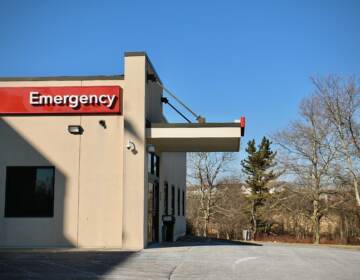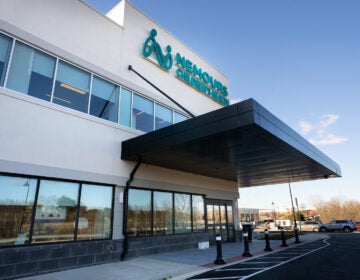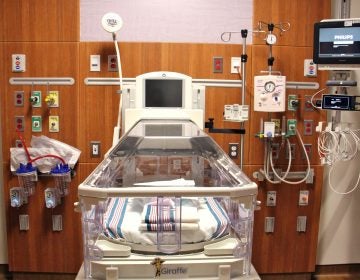If you call an ambulance in Chester County, you’ll have a longer ride and a longer wait at a crowded hospital
The closure of two hospitals in Chester County has led to dangerously long ambulance rides to overcrowded emergency rooms in the three remaining hospitals.
Listen 5:14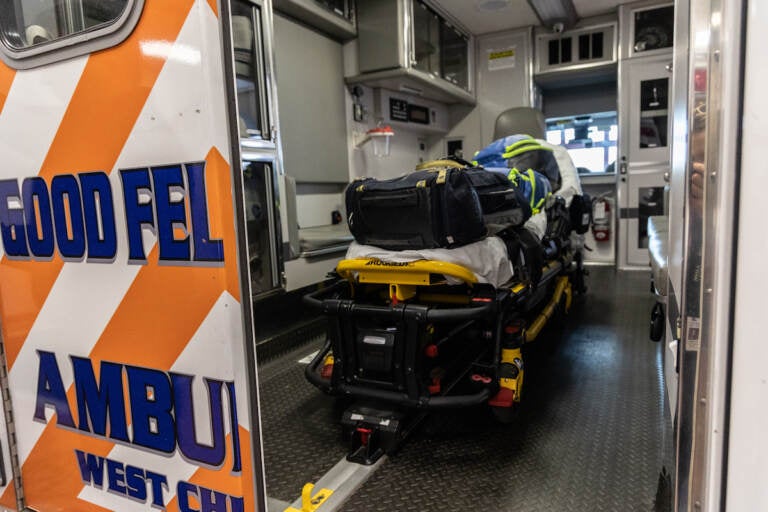
Hospitals closing in Chester County have caused issues for emergency responders. (Kimberly Paynter/WHYY)
Got a question about life in Philly’s suburbs? Our suburban reporters want to hear from you! Ask us a question or send an idea for a story you think we should cover.
It was dark. It was cold. And the patient screamed in pain as the Keystone Valley Fire Department ambulance parted a sea of traffic.
Riding on an ambulance felt more like being on a boat than in a car as the raised interior swayed back and forth with every veer and turn, but emergency medical technician Sophie Eberly remained upright as she calmed the hysterical patient in the back of the massive vehicle.
This is how the third-year nursing student at Bloomsburg University spent her winter break from college.
“I’m taking care of you,” Eberly said. “I know it hurts, but you don’t have to get yourself into a panic. OK?”
If Brandywine Hospital in Coatesville was still open, the bumpy ride would have been over already. Instead, the patient had to deal with a 30-minute ride of excruciating pain from Parkesburg to Chester County Hospital all the way in West Chester — and that was without traffic.
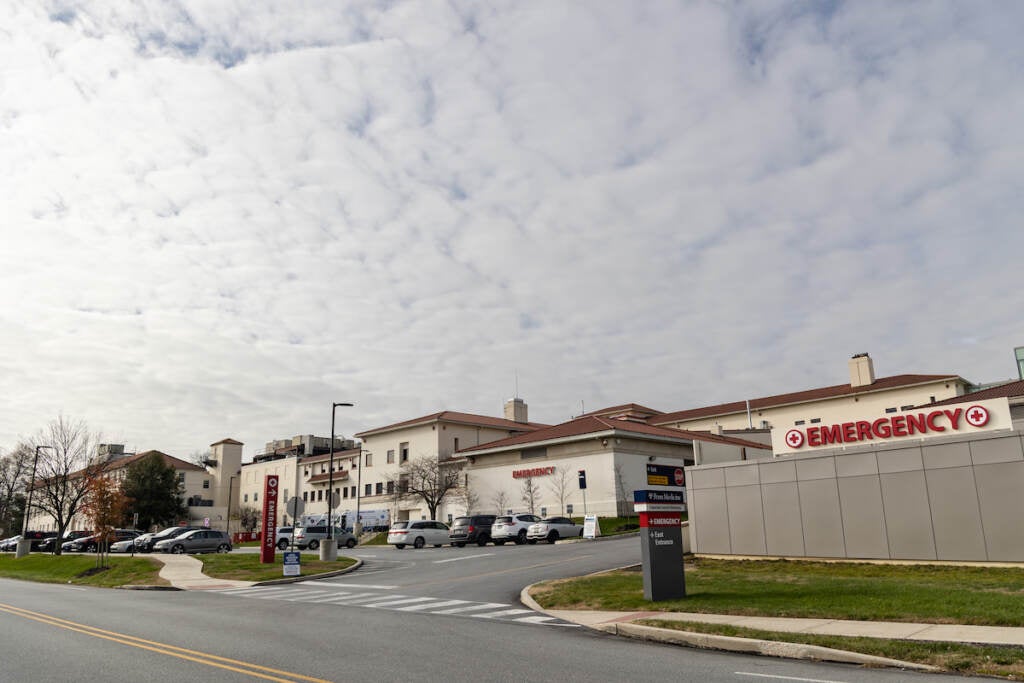
Tower Health hospital closures cause trouble for Chesco ambulance squads
Hospital closures in Chester County have created a health care desert, which has led to dangerously long ambulance rides to overcrowded emergency rooms.
Tower Health shuttered Brandywine Hospital in January 2022, just one month after it closed Jennersville Hospital in West Grove. When the struggling hospital system made the decision to hastily close those two major hospitals, health care advocates and emergency service workers warned of an incoming public health crisis.
“I don’t want to make it political, but unfortunately, I don’t think they thought about the patients,” said Joe Miles, the EMS manager for Keystone Valley.
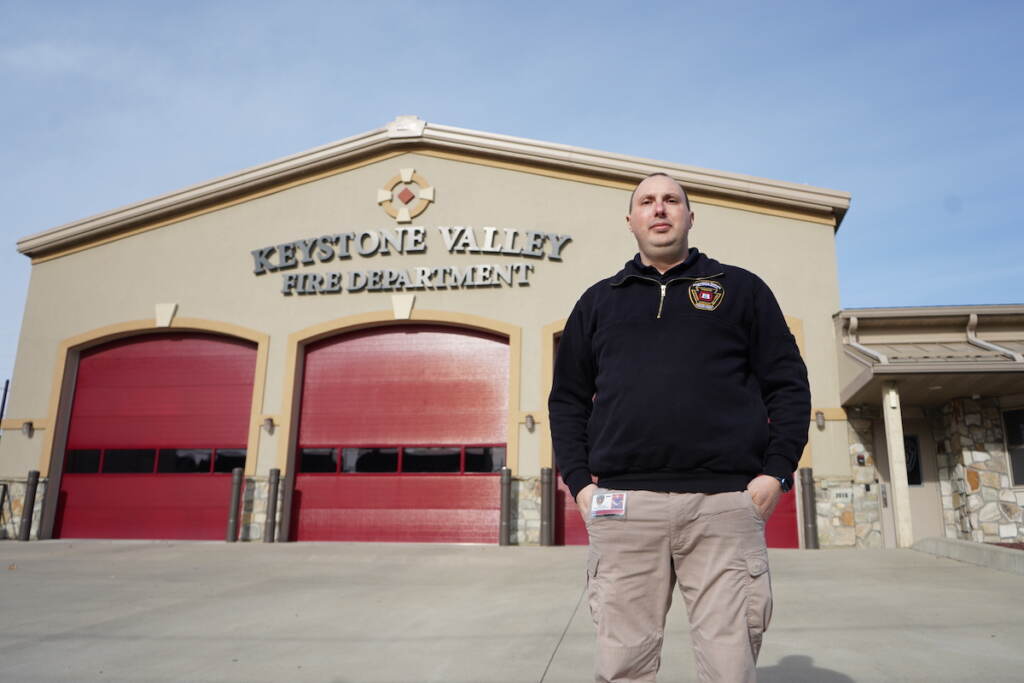
Brandywine, in particular, was a comprehensive cardiac center, a primary stroke center, and the only behavioral health hospital in the county. Now it’s gone. A year later, its closure has left EMS providers in western Chester County in a frenzy.
Jennersville’s shutdown has left an equal hole in southern Chester County, putting health care out of reach for a sizable portion of a county of more than 538,000 people.
Chester County now has just three hospitals — none of which are in the western or southern part of the county.
The ambulance squads farthest from the hospitals now have longer drive times.
And every ambulance squad — even those housed near the hospitals — has had to deal with longer wait times inside congested emergency rooms.
In order to see the impact first hand, WHYY News rode with first responders and their patients inside ambulances during the lengthy, chaotic treks to one of the last few hospitals standing.
“The heart is a muscle, right? So when you’re having a heart attack, you need to be at a definitive care within a quick amount of time. If I can get you in the hospital in 15 minutes, it’s better than me taking you an hour to get to a hospital,” Miles said.
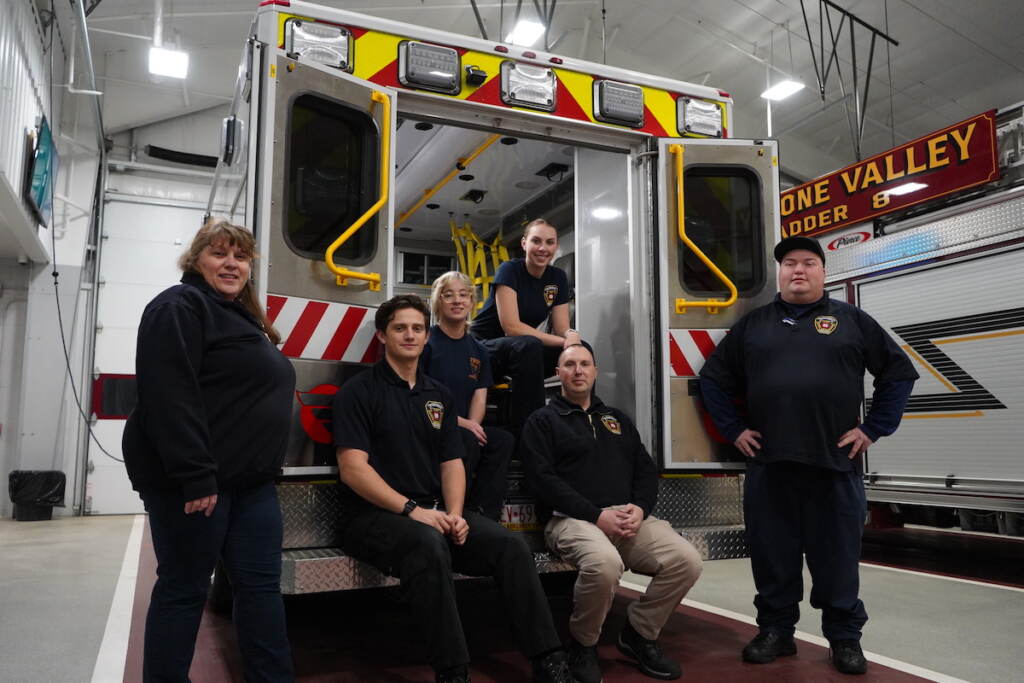
In rural Chesco, longer transport times take larger toll on patients
The Keystone Valley Fire Department is in Parkesburg, a small, rural town of roughly 3,800 people in western Chester County.
In 2021, just 33% of Keystone Valley ambulance rides had transport times of more than 30 minutes, Miles reported. In 2022, that percentage nearly doubled to 61%.
About 90% of patients in the commonwealth are transported via ambulance faster than 28 minutes, according to Pennsylvania’s 2021 EMS Data report.
To make matters worse, Chester County Hospital doesn’t have the same capabilities as a trauma center to handle some of the most serious emergencies. Therefore some patients have to go even farther to Paoli Hospital or Lancaster General Hospital.
In southern Chester County, ambulances will sometimes cross state lines and head into Delaware.
“It takes a toll on the patients when they have a longer transport time when they’re really sick,” Miles said. “You know what I mean? We have to make a scale decision. Do we sit here and stabilize the patient bedside or do we package and go?”
After a blistering fast dispatch time and a quick arrival at the scene — all of which happened in 15 minutes — the long part of the journey was taking its toll.
EMT Bill Dill and Eberly’s patient writhed in pain.
Roughly 30 minutes after the ambulance left the scene, the glow emanating from Chester County Hospital was finally in sight from the small window that separates the front cabin of the ambulance from the back.
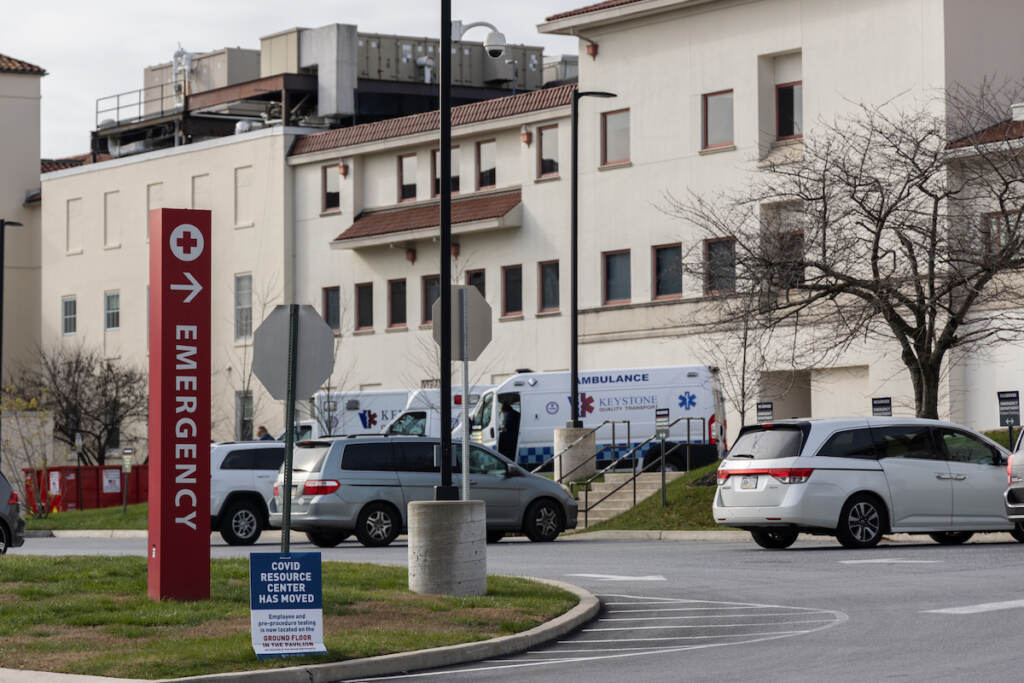
Long rides end with lengthy waits in congested emergency rooms
The patient was finally at their destination. Dill and Eberly rolled their patient into the hospital on a stretcher, but there was another problem.
“We’re seeing longer wait times at the ERs that we go to because they’re taking up more walk-ins themselves and they have more ambulances coming,” Miles said. “So we have to wait a little bit longer to get a patient a bed, depending on the priority of them.”
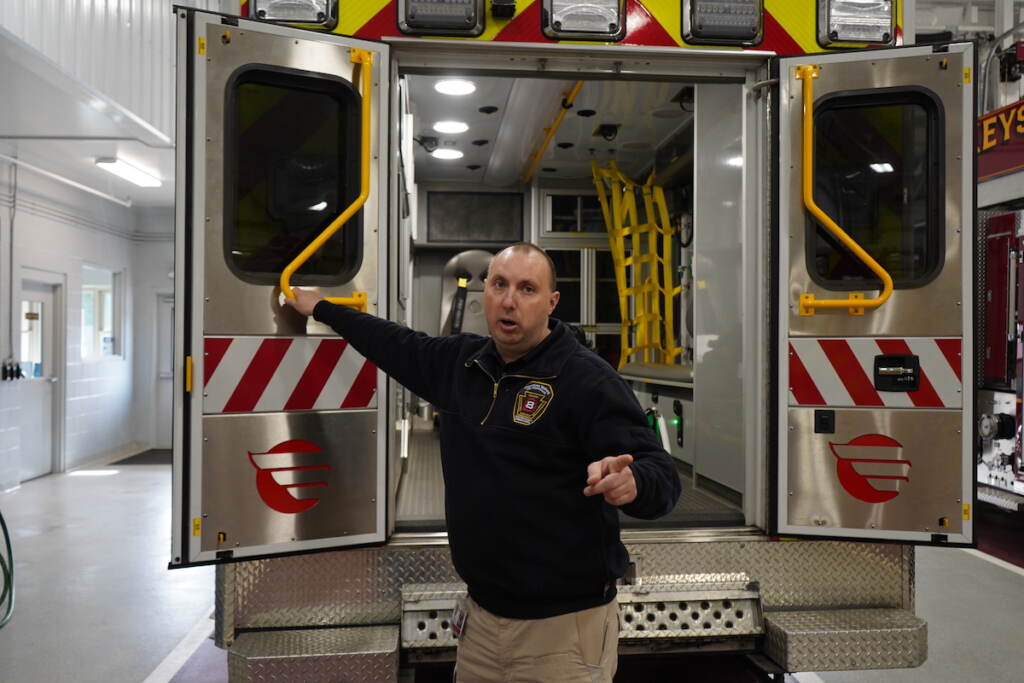
Dill said that was indeed the problem that night as he loaded the empty stretcher back on to the ambulance — 15 minutes later.
“Basically every ambulance that comes in is going to the waiting room. It’s crazy. We’re running out of ambulances and medics now on the West,” Dill said.
Ambulance squads across Chester County are facing the same problem.
Good Fellowship Ambulance in West Chester is quite literally up the street from Chester County Hospital.
“We’ve had instances where we’ve had ambulances waiting for upwards of 90 minutes. I think our worst case was about 3 hours that we had to wait at one point,” said Chaz Brogan, the interim executive director for Good Fellowship Ambulance. “The good news is that’s not the majority of the time. I would say the majority of the time it’s 10 or 15 minutes.”
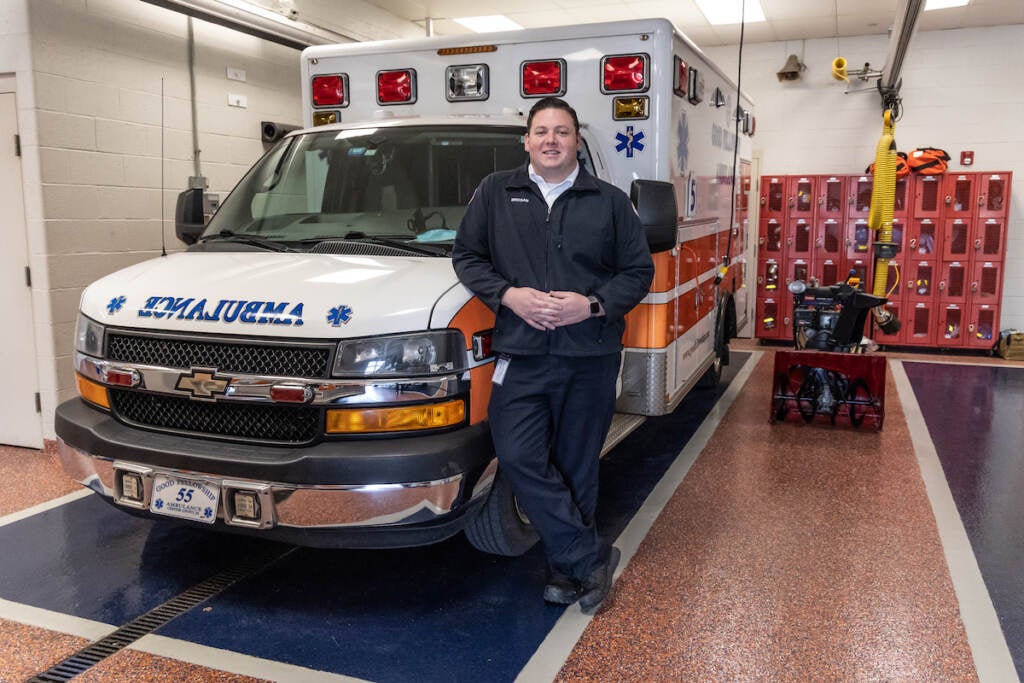
He said the hospital staff is pretty good at triaging patients, so that no one with immediate life-threatening medical issues is left waiting for care.
WHYY News rode along with paramedic and shift lieutenant Brian Sporek and the wait to hand over their patient into medical care was longer than the drive to the hospital.
“Another crew brought in a stroke [patient]. So that kind of puts us on the back burner for a few minutes because they need to get that patient in and registered and set up because they have to go in for a CT scan. So that puts a little more stable patient like ours a spot further back in line,” Sporek said.
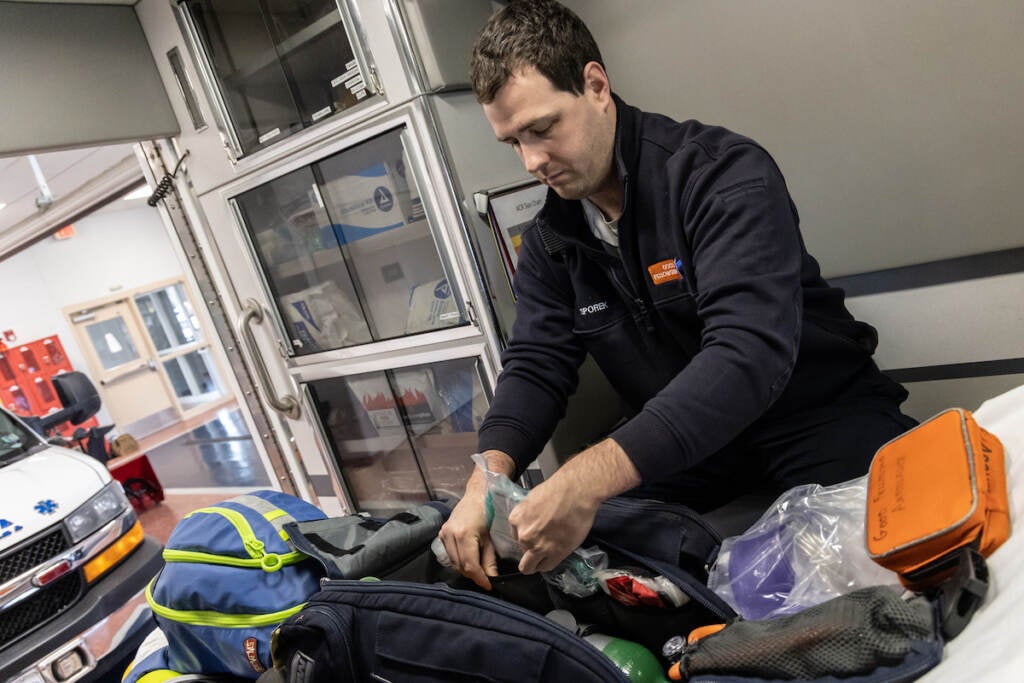
Paramedics become a luxury in Chester County
With four stations running about 7,000 calls a year, Good Fellowship is the largest EMS provider in the county.
For Good Fellowship, travel to Chester County Hospital is the easy part. The strain on resources is the most difficult part.
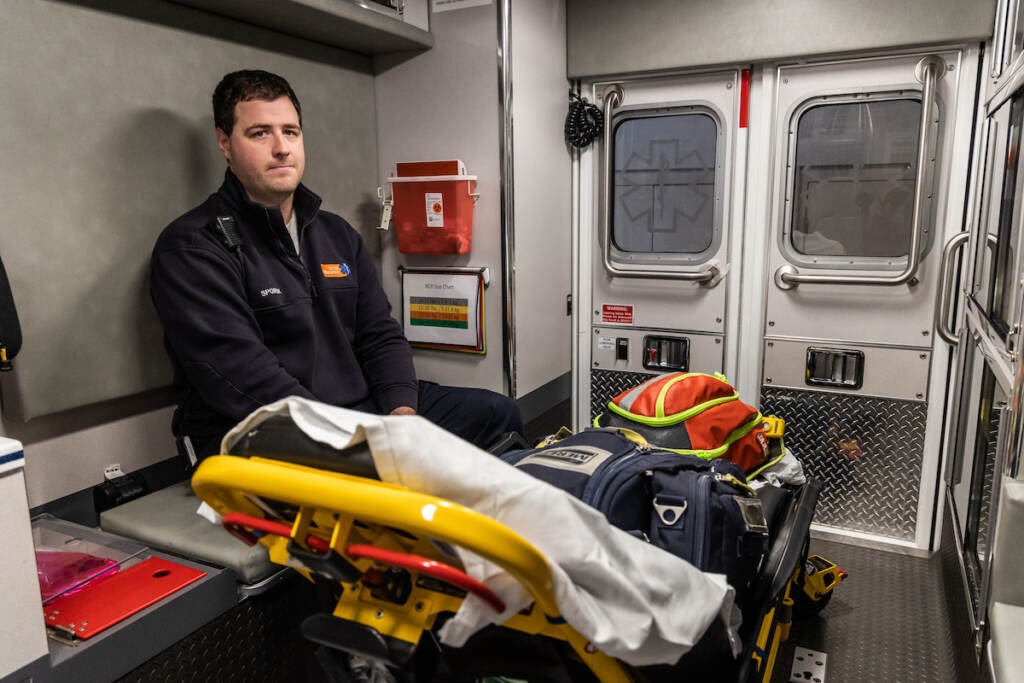
“We’ve been able to be creative where we may leave one paramedic to watch two patients and we actually pull a paramedic back over here to be available for other calls,” Brogan said.
Paramedics are essentially more highly trained EMTs with the ability to do more advanced procedures. Having a paramedic on an ambulance is crucial for patients dealing with the most severe issues, like strokes and heart attacks.
Big ambulance squads tend to have their own paramedics, but many of the smaller EMS agencies in western and southern Chester County relied on Tower Health or neighboring agencies to provide paramedics. The hospital pulled its paramedics from Medic 93 in September.
On Dill and Eberly’s first call of the night, a paramedic from a neighboring station was unavailable to help out on their call.
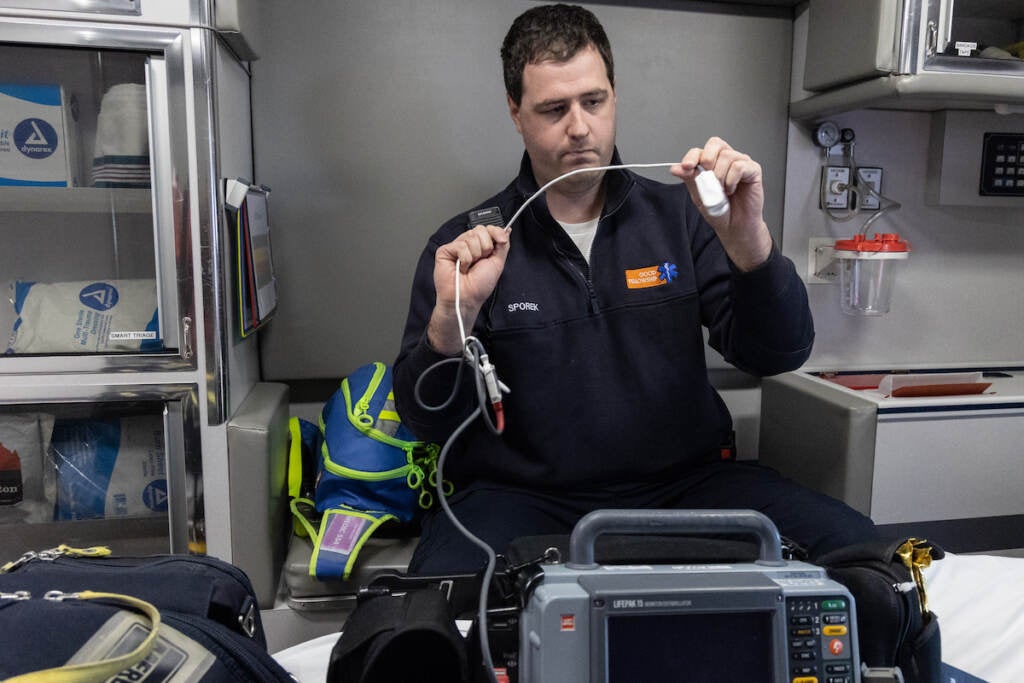
Nurses are frustrated: ‘Why isn’t there more hospitals?’
During the long journey back to the station, Keystone Valley’s EMTs were exhausted, but alert. Eberly described the scene inside the hospital as “insanely busy.”
“I don’t know what the wait time even is right now, but you can tell the nurses are incredibly overworked. They’re all frustrated because they’re just like, ‘Why isn’t there more hospitals?’ That’s what one of the nurses was saying tonight to me, ‘Why isn’t there more hospitals? Why can’t we take patients to other hospitals?’ Because there is no more hospitals in reach for us,” Eberly said
On the way to the hospital, the patient asked to go to Brandywine — unaware that it was closed.
“Typically, when you’re in pain or agitated, you’re a lot more anxious and you’re not really seeing things clearly. So to them, time is the most urgent matter because they’re the ones in pain,” Eberly said.
Ultimately, keeping patients calm is even more emotionally taxing for Eberly, Dill, and other EMS workers than ever before.
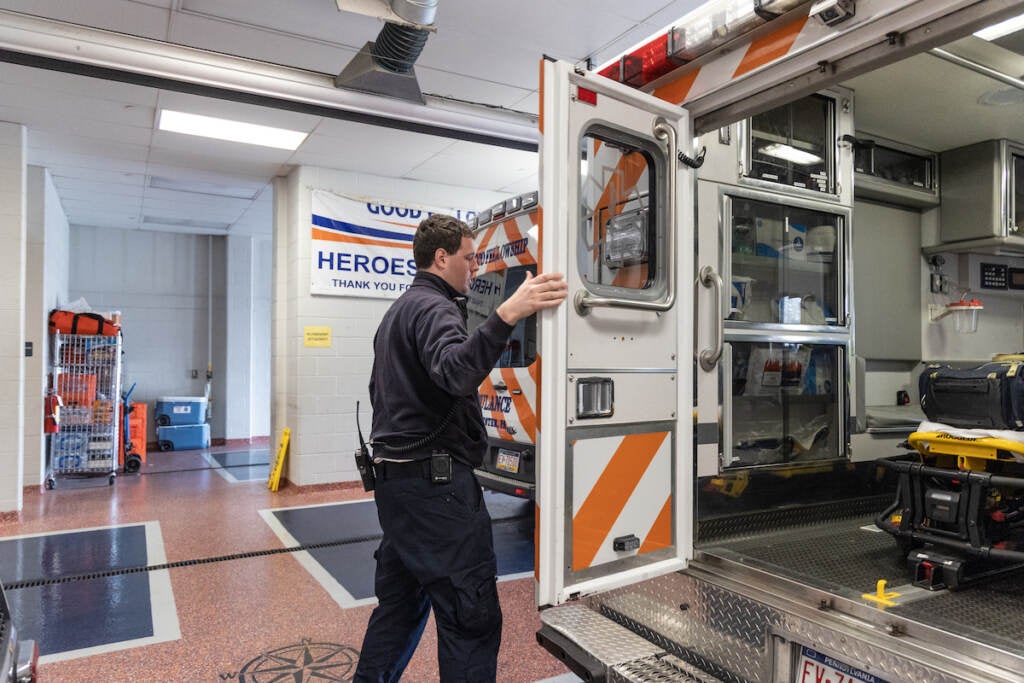
Once they finally parked the ambulance at the station, the call was over. It took 92 minutes to complete — which is just a little more than the average turnaround time for Keystone Valley these days.
The next call the unit went on that night was even longer.
This is the new normal. Unless Keystone Valley has two of their ambulances staffed on a given day, their 48-square mile territory in Parkesburg, West Sadsbury, and Highland can be without an ambulance.
The ChristianaCare health system acquired Jennersville Hospital in June 2022 from Tower Health and plans to eventually reopen, but Brandywine Hospital remains shuttered for the time being without a buyer.
Miles said he hopes “that what happens down there with the Jennersville site happens up here, so we can go back to the way it was and get quicker care for our patients at the hospital and be available in our district to be able to handle our calls and not have everybody else be affected.”

Get daily updates from WHYY News!
WHYY is your source for fact-based, in-depth journalism and information. As a nonprofit organization, we rely on financial support from readers like you. Please give today.



